Graphics Cards and Motherboards
3dfx Voodoo Graphics
3dfx's Voodoo Graphics is the epitome of iconic PC GPUs. Turning its back on 2D applications, 3dfx concentrated on 3D workloads, creating separate framebuffer (PixelFX) and texture mapping (TexelFX) chips with their own 64-bit memory interfaces and access to independent memory (usually 2MB each), bringing an effective 128-bit I/O and enabling the Voodoo to pump out impressive fillrates.
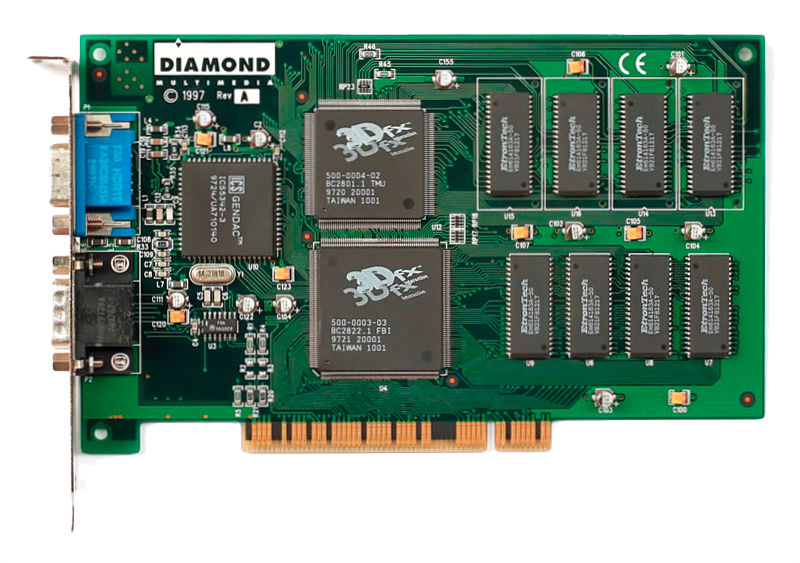
The two-chip approach also allowed relatively easy scaling for more complex and capable cards. In addition to the raw processing power of its boards, 3dfx also moved to ensure that its proprietary API Glide (basically a stripped down OpenGL devoid of non-gaming features), was incorporated into many of the prominent gaming titles of the day, notably Tomb Raider, MechWarrior 2, Descent, and Myth, as well as the Quake and Serious Sam franchises, Hexen II, SiN, and Half-Life through a miniGL driver. Glide would give a prodigious advantage to an already powerful architecture.
Quantum3D Obsidian2 X-24
If the early Voodoo Graphics is a subject of awe, then its Quantum3D incarnations are the stuff of legend. Quantum3D was formed from a partnership between 3dfx, SGI, and Gemini Technology aimed primarily at professional visualization graphics and arcade gaming. Quantum3D would also enter the high-end consumer graphics market with its Obsidian range. Of these, SLI on a single card is the best remembered, the Obsidian2 X-24 being the most memorable of this line.
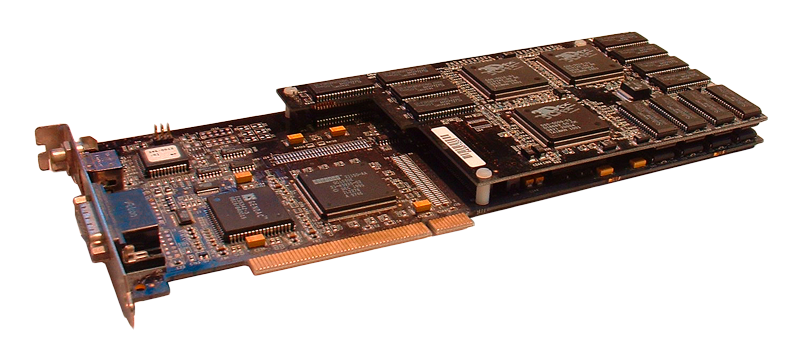
The Obsidian2 X-24 was relatively affordable by Quantum3D standards at around $650, excluding a cooling fan and 2D daughterboard. As a single card, the 10.5" long behemoth comprised the hardware of two Voodoo2 cards on the same PCB with the same scaling properties. It got a lot more comfortable to game at 1024x768 or even 1280x1024, which was well beyond the range of the competition when the cards launched in March 1998, albeit limited to the day's de facto standard of 16-bit color.
Nvidia GeForce 256
Nvidia coined the term Graphics Processing Unit (GPU) with the advent of the GeForce 256 card, primarily to distinguish the fact that transform and lighting computation was now undertaken by the graphics chip rather than the much slower, less parallelized CPU, which resulted in more intensive vertex calculations and in lower incidences of rendering stalls due to an overwhelmed CPU.
This allowed for more complex wireframe modeling and higher polygon counts, and in turn, more complex and realistic structures.
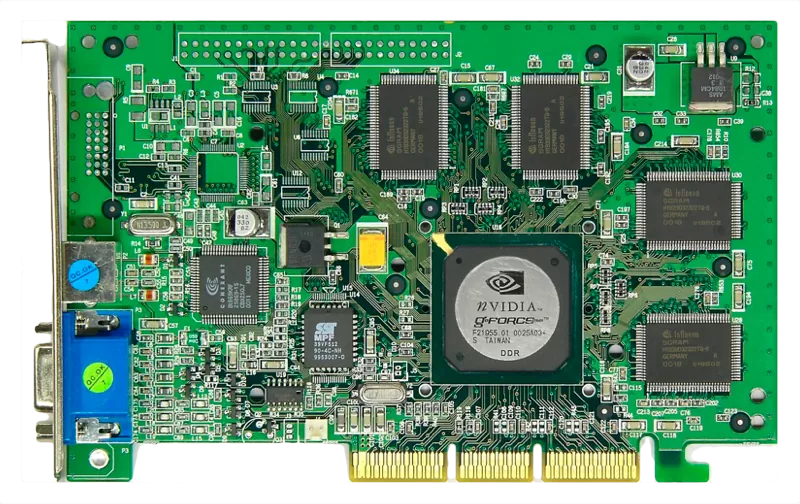
In its original guise, the GeForce 256 wasn't a massive leap in performance over the incumbent champ of the day, the Matrox G400 MAX. What the GeForce 256 did provide was consistency. The G400 MAX was having OpenGL issues, ATI's Rage Fury MAXX didn't fully utilize its hardware, and the Voodoo 3's was tied heavily to the Glide API. The original 256's performance was also held back due to the use of single data rate (SDR) RAM, but once the DDR version launched a couple of months later, the 256 extended its performance lead thanks to the increased internal bandwidth.
AMD Radeon 9700 Pro
2001 and the bulk of 2002 hadn't been an especially kind time for ATI. The Rage 6 (R100-based) cards soldiered on well past their use-by date and the succeeding R200-based Radeon 8500 was all too quickly passed in performance by the clock-boosted GeForce3 Ti 500, then further marginalized when the GeForce4 Ti arrived four months later in February 2002.
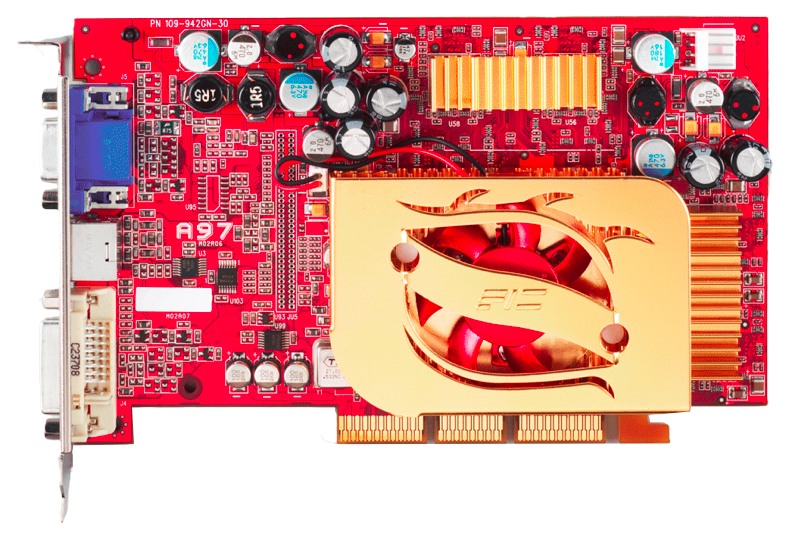
Six long months later, ATI showed its new R300 architecture and the resulting $399 flagship Radeon 9700 Pro annihilated Nvidia's current lineup. A 30-40% margin in heavily CPU-dependent situations ballooned to 60-70% or more at higher resolutions with antialiasing and anisotropic filtering involved. Such was the strength of the design that Nvidia's NV30-based cards which launched five months later were still barely competitive with the R300.
Nvidia GeForce 8800 GTX
Once the discrete GPU market had been effectively reduced to two vendors, both ATI and Nvidia seemed content with incremental advancements – partly the result of DirectX's slow evolution and the limits imposed by the fabrication process. The G80 that powered Nvidia's GeForce 8800 GTX was four years and $475 million in the making, spearheaded Nvidia's GPGPU initiative, marked the beginning of Nvidia's infatuation with monolithic GPUs, and crushed all before it in gaming performance.
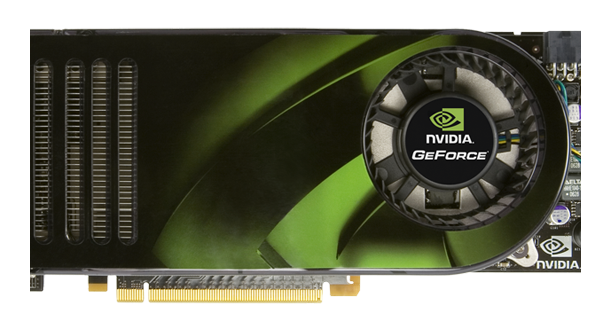
As a testament to Nvidia's initial design, AMD didn't field a more powerful GPU for eighteen months and Nvidia's own successor, the 9800GTX, was barely the 8800GTX's equal. The 8800 GTX was the very definition of a halo product. Relatively few could afford the $600 price tag, but the impact of the card and its two lesser GTS siblings were enough to boost Nvidia's discrete graphics market share by over 20% in six months, enough to ensure that the Santa Clara company outsold AMD two to one.
Motherboards
Intel Advanced ATX/Baseboard
Remembered less for its utilitarian name than the feature-set it brought to mainboard design, the Socket 7-equipped Intel Advanced ATX/Baseboard had many firsts: it was the first ATX board, first board with a southbridge (PIIX) that allowed E-IDE hard drives to initiate transactions across the data bus (Bus Mastering or first-party DMA), and first Intel consumer chipset (430FX Triton) with EDO RAM support, previously the province of professional systems. Video output was handled by an S3 Trio PCI graphics controller. The board's introduction in early 1995 signaled Intel's arrival as a serious contender to the third party chipset vendors who up until then supplied the ICs for the consumer mainboard business, notably Acer Labs (ALi), SiS, and VIA.
Asus Republic of Gamers Crosshair
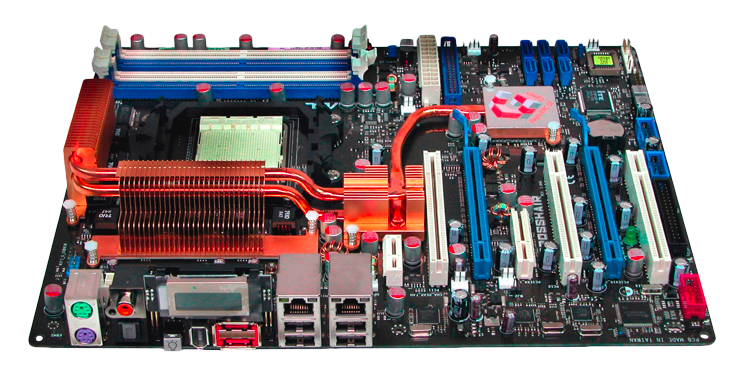
Asus' Republic of Gamers brand includes many notable products, including most of its mainboards. The lineage that includes the Rampage, Maximus, Commando, Striker, and Blitz began with the Crosshair.
Based on the Nvidia 590 SLI chipset, the Crosshair combined all the hallmarks of the modern enthusiast board: extensive accessories, comprehensive (if not overly complicated by DFI standards) and overclocking-friendly BIOS, a rich feature-set including onboard power, reset and clear CMOS buttons, and attention to detail from the packaging to the exemplary performance and stability. As with its soon to be released Striker Extreme (680i SLI) and Commando (P965) siblings, the Crosshair featured a rear I/O LCD post diagnostic display and discrete SupremeFX sound card.
Abit BP6
Intel's D5400XS Skulltrail and EVGA's SR-2 dual socket motherboards caused no small amount of salivating amongst the benchmarking community when they were introduced. Curious hybrids of workstation and ultra-enthusiast consumer board, with implementation that owes much to the Abit BP6, a board that came equipped with dual Socket 370 Mendocino-based Celeron processor support.
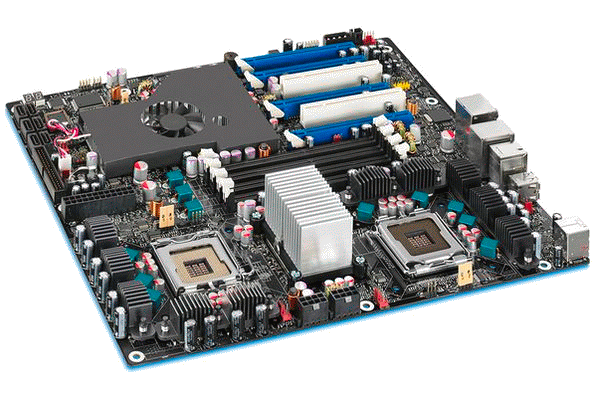
The BP6 made use of the Celeron's underlying symmetric multiprocessing (SMP) ability in the days before processor makers segmented their lineups by blowing fuses in the silicon to disable features. Additionally, the BP6 also featured Intel's fine 440BX (Seattle) chipset, and additional IDE controller, and of course, BIOS based overclocking via the ABIT Soft Menu II utility.
MSI MS-6167, DFI LANParty NFII Ultra, Abit NF7-S, Asus A7N8X Deluxe
AMD moved to its own in-house designs for processors, chipsets and socket pinouts as part of the fallout from Intel's campaign to get rid of competitors using its architecture in the marketplace. The Athlon (K7) represented the first time that AMD had completely severed ties with the Intel machine (the previous K6 series were still pin compatible with Intel Socket 5 and 7).
Many motherboard vendors feared the potential wrath of Intel and/or the potential profit line from a smaller presence in the market that AMD commanded. Being a peripheral player in the Intel motherboard business, MSI released its MS-6167 board to little fanfare. Despite initial stability and AGP bus issues with the AMD-750 "Irongate" chipset when it launched in August 1999 (largely resolved by the years end), and lack of overclocking features, the MS-6167 bought solid and affordable performance thanks to the Athlon 500-700 CPUs.
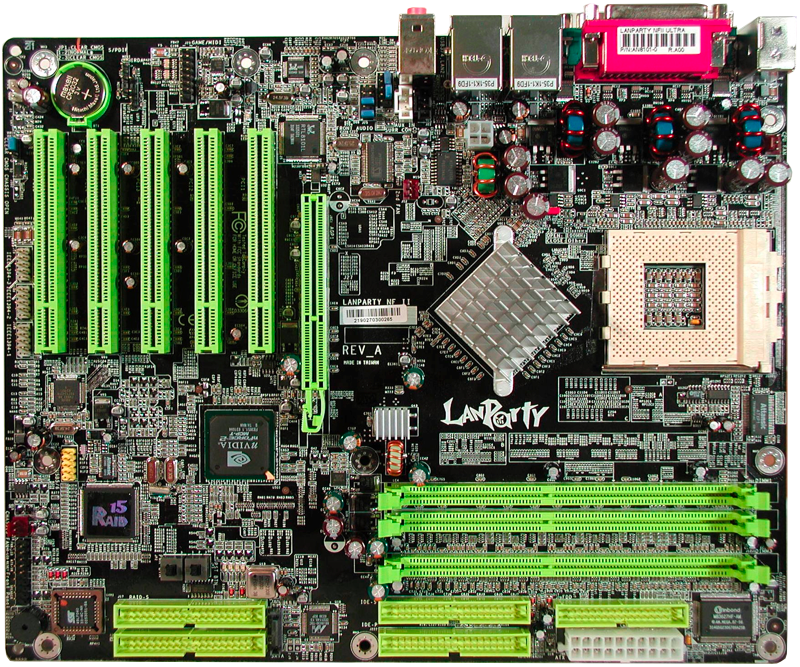
The introduction of Nvidia's nForce2 chipset brought a wave of superlative AMD Socket A boards in both nForce2 SPP and Ultra 400 guises. Three boards would stand out for all round performance, stability, overclockability, and long-term reliability: the DFI LANParty NFII Ultra – an overclocker's fantasy in lime green and black-- as well as the Abit NF7-S and Asus A7N8X Deluxe. The combination of an AMD Athlon processor and Nvidia chipset with SoundStorm APU (Audio Processing Unit) provided plenty of features and performance.
Special Mention (RAM):
Micron D9GMH and D9GKX Memory IC Chip
Despite being an integral part of any PC, RAM tends to be largely generic, distinguished by outlandish heatspreaders of dubious functionality.
While most memory as little to differentiate itself besides external appearance and company support, one memory IC triggered what amounted to an enthusiast treasure hunt in the middle of the last decade.
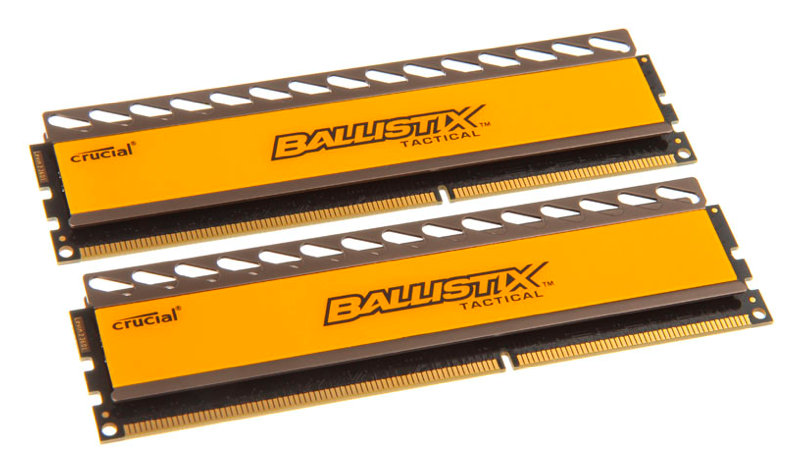
With the possibility of a 50% overclock, Micron's D9 memory IC chip – more precisely the D9GMH (B6-3) and D9GKX (B6-25E) – could be found under the heatspreaders of many reasonably priced DDR2-800 kits including Micron's own Crucial Ballistix series as well as those from Transcend, G.Skill, Cellshock, and Buffalo's Firestix, not to mention Corsair's hand-binned Dominator DDR2-1111/-1142/-1250 kits.
